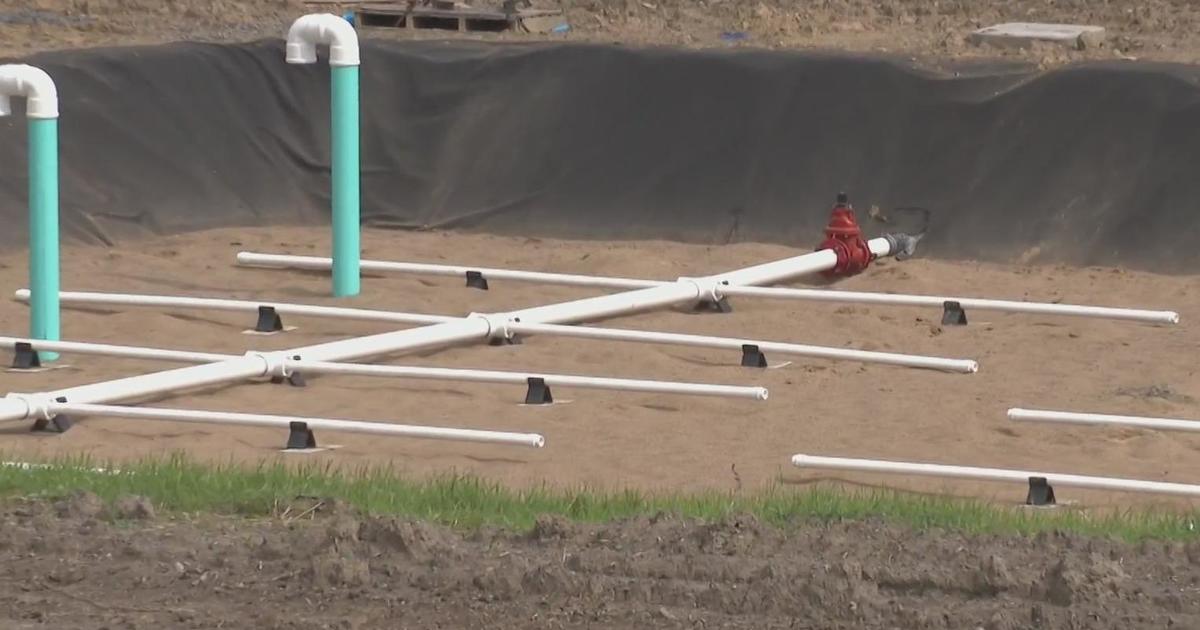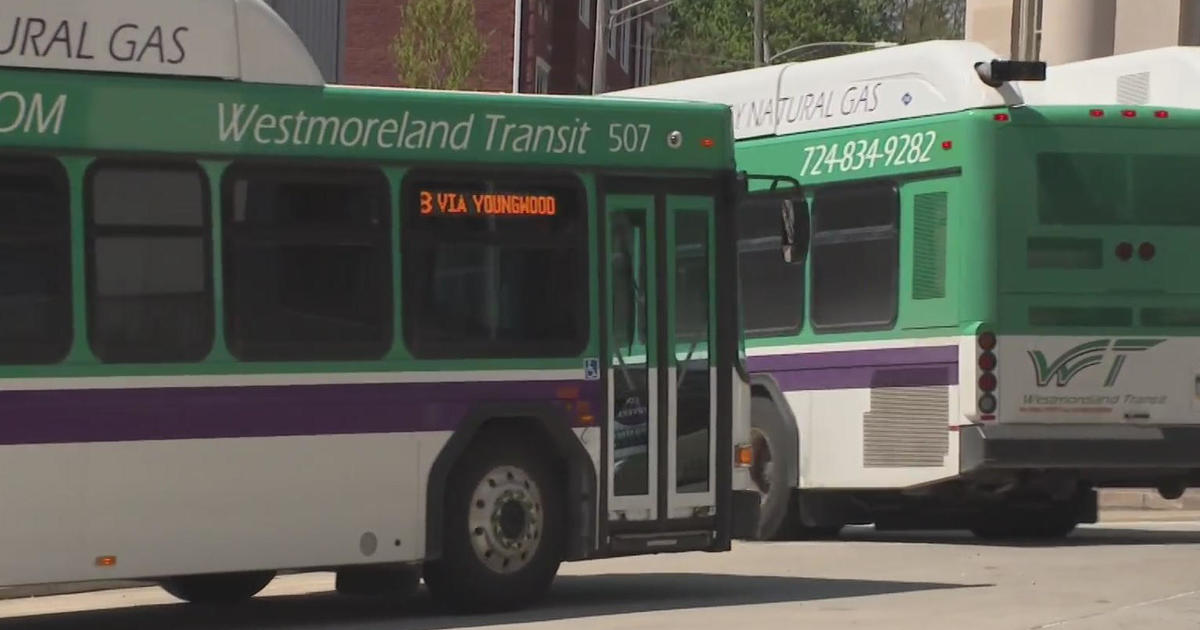New Process Helps Kids Grow Missing Fingers
PITTSBURGH (KDKA) - Three years ago, Andrew Bowers was born without fingers, but a new procedure is allowing him to grow new ones.
It sounds high-tech, but really it's a concept that has been around for nearly half a century. It has mostly been used for long bones in the arms and legs, but refinements over the years have made it applicable to fingers.
"You expect them to come out with 10 fingers and 10 toes and when they don't, it was just a shock. I never really knew anybody else who had the same situation," Laurie Bowers said. "He hand no fingers on his hand at all. So, we were very concerned about his future and what that was going to hold."
She spent hours on the computer looking for help.
"I really didn't know what I was looking for, because I had never heard of anything like this," Laurie Bowers said.
When Andrew was four-months-old, a friend gave her an article in a Cleveland newspaper about a doctor who was helping children with similar problems.
"I burst into tears right when I saw the article because finally, here was an answer," Laurie Bowers said.
In the waiting room, she marveled at his other patients.
"Here are kids that are like three, four, five, six-years-old, and they have a grasp, and they're grabbing, and I remember watching this little boy grab this truck, and he was playing, and it was just amazing. Again just tears," Laurie Bowers said.
Dr. William Seitz does a procedure called callatosis.
"I've had many many children I've done this on who are now adolescents and teenagers, college students, who have played highly competitive athletics, including football, baseball, soccer, swimming, volleyball, without any issues," Dr. Seitz said.
It's a multi-step process, usually beginning at the age of six months to make sure the child is healthy enough, and to foster brain development corresponding to the new fingers.
First, pockets are made to hold the new finger bones. Next, portions of Andrew's middle toe bones are taken to make the fingers.
"The toes will be stunted, they'll be a little bit shorter because of taking the growth plate, but it doesn't affect his walking, his running, or anything like that," Laurie Bowers said.
In their new location, the bones are pinned, and then Dr. Seitz makes a fracture.
"We very delicately cut the bone, literally break it, but in a very controlled manner," Dr. Seitz said. "The controlled, purposeful fracture of the bone, and the physical force of slowly stretching the relocated bone, stimulates it to grow and lengthen."
After about six months, the slow process of lengthening, four times a day, with the turn of a key. The bone grows just one millimeter a day.
Now, Andrew is growing fingers, where once there were none.
"It's a process we would do again in a heartbeat. Absolutely, just because of the function he has, that he would not have had. He has a grasp and he has a pinch," Laurie Bowers said.
Dr. Seitz points out, the process is not done for looks, but for function.
"The ability to do bimanual activities in a very fluid and normal way, is in and of itself, has a certain cosmetic effect of not drawing attention. And that's what we're really after," Dr. Seitz said. "It's probably the most gratifying thing that I do. I have the ability to change a life, from the very beginning of that life, and make an impact throughout all the ages that a person goes through."
"He's given our family a gift that we can't put down in words," Laurie Bowers said.
To make sure there's enough skin and blood supply, the bones are placed in a mitten-like pouch at first, and then separated out later, one side at a time. Infection is another concern, since there are pins sticking through the skin.
Of course, Andrew has continued occupational therapy to improve the fine motor function of his new fingers.



